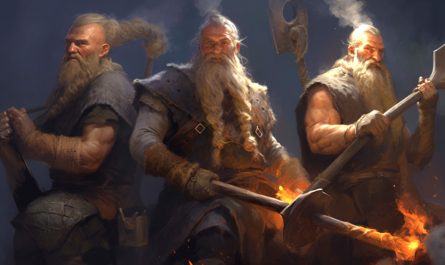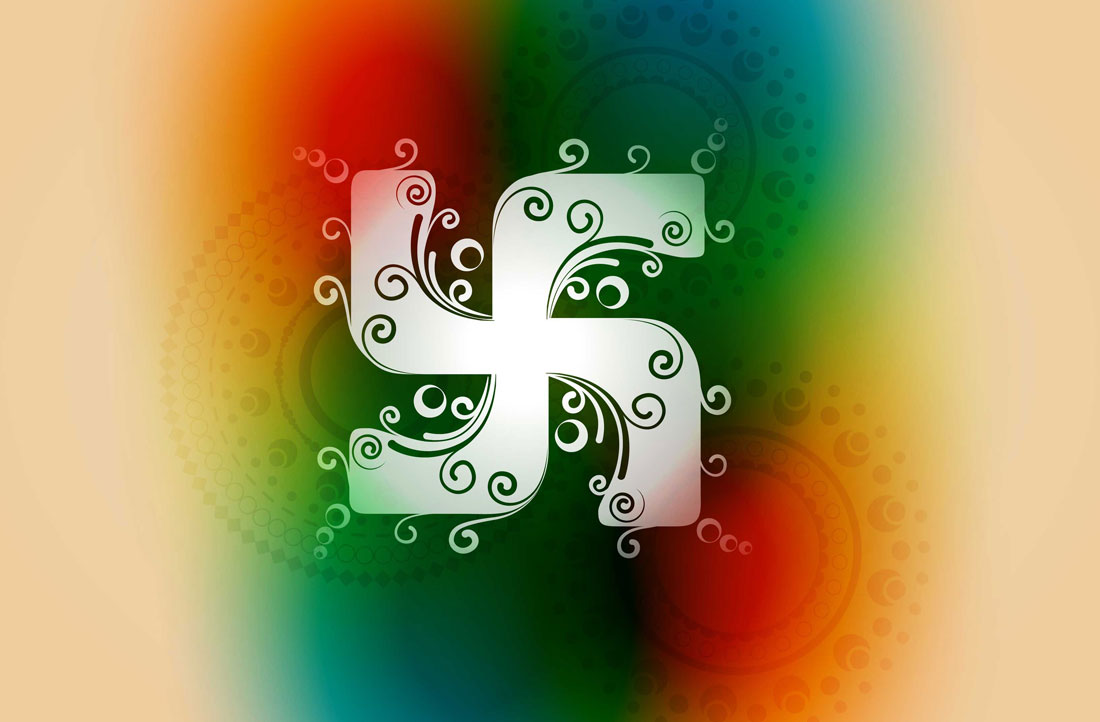Last Updated on May 30, 2024 by Avia
Recall the old straw hat you found in your closet for the summer neighborhood gathering? Maybe it was decorated with your nation’s flag, or maybe you’ve worn a ballcap to reflect your hometown baseball team. Hats aren’t just for style or sunscreen; they can be symbolic. In fact, these hats reflect cultural symbolism, and we’ll explain how.
Patriotic hats serve more roles than simply protecting our heads. They embody what connects us and act as powerful reminders. Throughout history, hats have always been a powerful symbol of national devotion.
They signify more than just their practicality; they exhibit our national identity and pride through their artwork. But how do these hats communicate such potent messages? Let’s examine seven instances of how patriotic hats can represent different cultural symbolism.
Table of Contents
How Patriotic Hats Reflect Cultural Symbolism
Maybe you wouldn’t think hats could make such a strong, symbolic statement, but they do. To prove that point, here are seven different hats that reflect cultural symbolism, unity, and express alignment with community.
National Pride
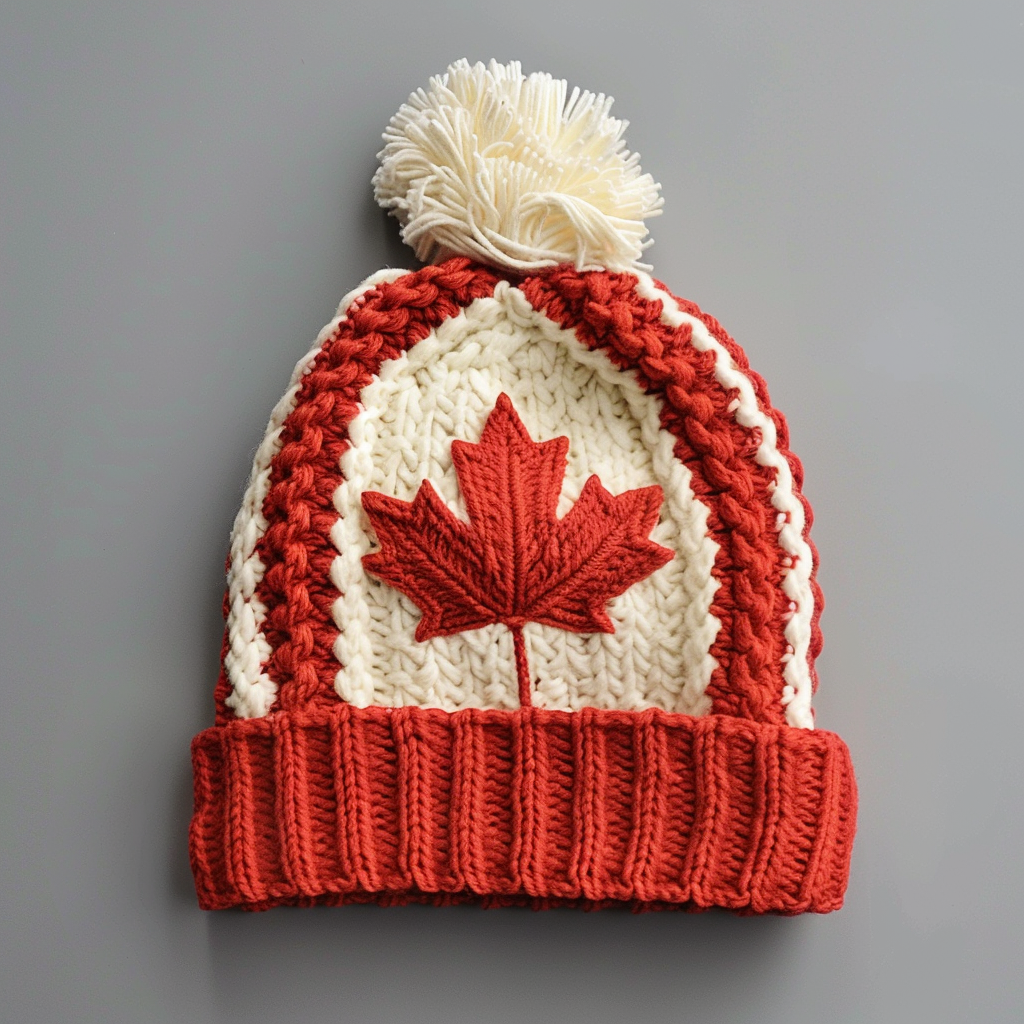
Patriotic hats filled with the bright colors of a country serve as mobile testaments of loyalty and love for that nation. Enthusiastic supporters and public figures wear them, making them national celebration clothing.
Recent sales numbers hint at a fresh, strong sense of national dignity across various groups. It aligns with a worldwide trend of embracing national symbols to show unity and patriotic spirit.
Whether celebrating national holidays or simply showing citizenship, these patriotic hats — filled with national pride — have become vital parts of a country’s image.
Military Service

The beret’s resurgence as a military hat stands for the courage and loyalty of our soldiers. The Armed Forces Day hat collection has team logos in army green, black camo, and stars for the six U.S. Military branches.
The beret’s colors and badges show service pride, with each color meaning a different branch – green for Army Special troops, maroon for Airborne squads.
These caps are more than uniform accessories, loved as symbols of dedication and solid commitment from our servicemen. The resurgence pays tribute to the bravery of our troops with meaningful hats full of history.
Cultural Heritage
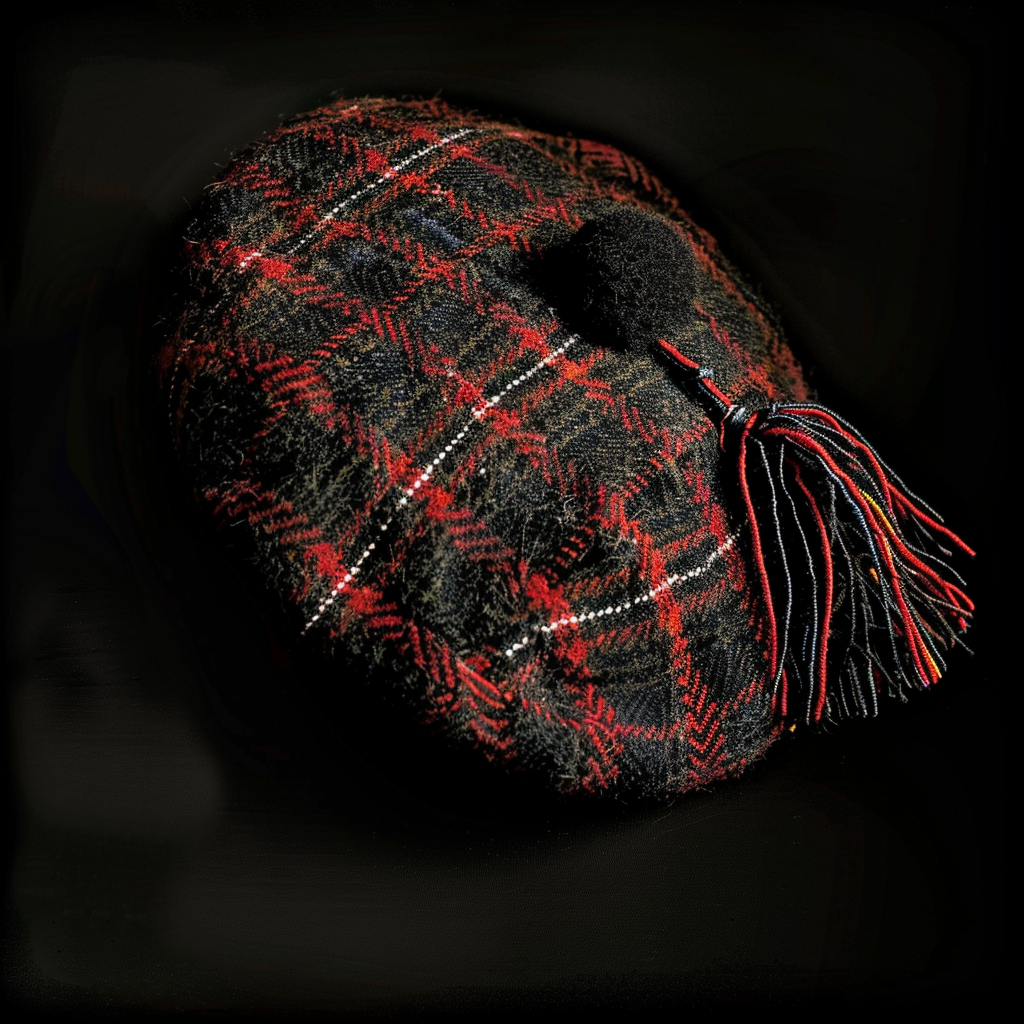
The classic headscarf, a hallmark of cultural clothing, acts as a colorful symbol of heritage and identity in communities. Cultural hats, like Australia’s Akubra, the Middle Eastern Fez, and Scotland’s Tam, hold historical and symbolic value, going beyond practical use.
Numbers show an increase in interest in keeping these cultural icons alive. They serve as vessels for stories, traditions, and values as they pass down the generations, thus becoming active records of human experiences.
From the detailed bead designs on a Bhutanese Belo to the water-resistant material of an Australian bush hat, each item captures the distinct soul of its culture, representing a vivid image composed by heritage.
Political Affiliation
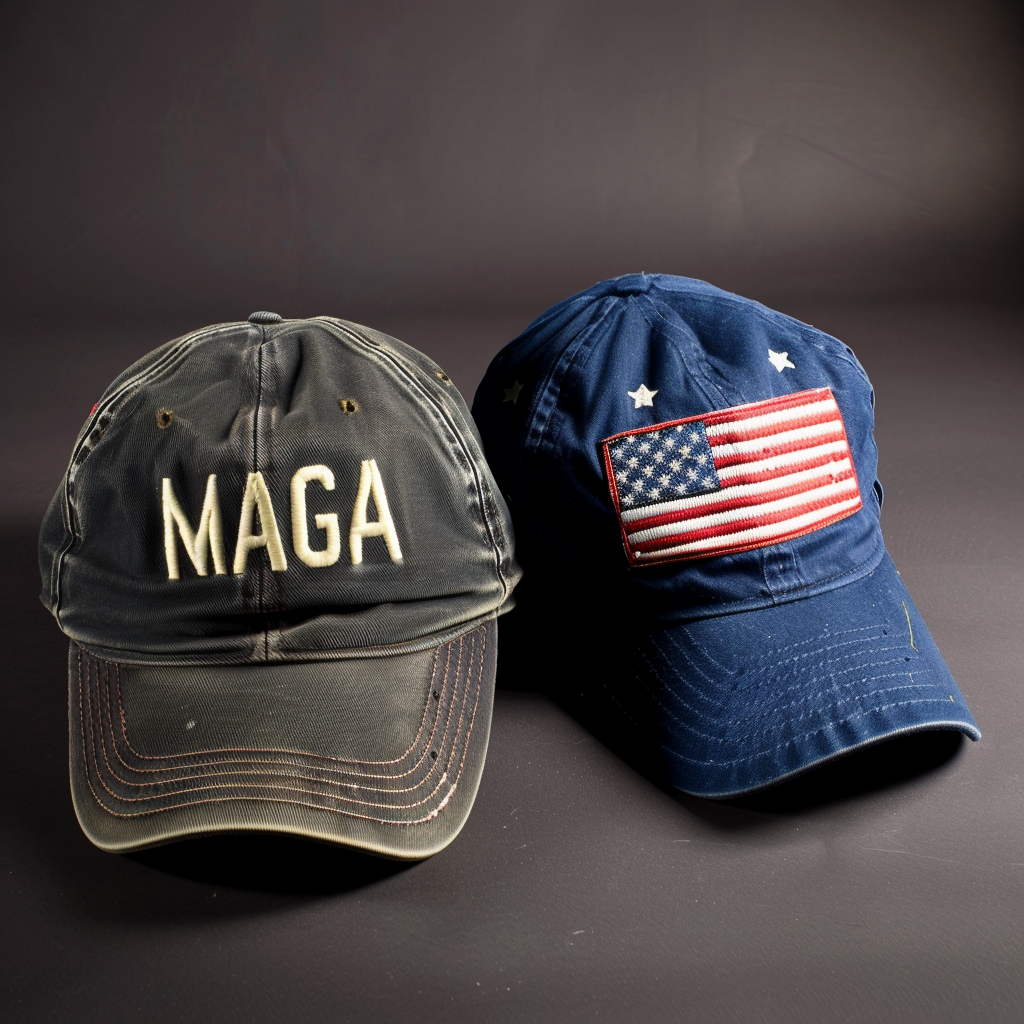
When it comes to expressing political views, hats have become powerful signs of support and belief. For instance, consider the “Make America Great Again” hats. They have surpassed their initial role as campaign accessories and now symbolize a major political movement.
Symbols and phrases emblazoned on hats are everywhere, showing the wearer’s political beliefs. Stats show a rise in the making and selling of hats linked to politics. It points to an increasing trend of using style for political exposure.
These hats act as a uniting factor for followers, often becoming equal to the movements they stand for. As the political environment changes, so do the tokens that symbolize them, with hats being the principal part of this fashion-driven display of values.
Social Causes

Hats are symbols understood worldwide, crossing boundaries, bringing people together for shared purposes. For example, the pink ribbon on hats shows the global pledge to breast cancer awareness.
Moreover, hats support many causes – nature and social justice – acting as wearable signs for change and unity. These hats spread knowledge, creating community amongst those who wear them, standing for hope and the power of people to make good changes.
From pink ribbons to supporting nature, hats with a cause bring different groups together for the same aim, turning accessories into strong statements.
Regional Identity

Regional hats wonderfully show off a local’s pride and customs, each narrating its unique tale of origin and populace. For example, the cowboy hat, symbolic of the American West, mirrors the lasting spirit of the frontier.
Meanwhile, the Basque beret continues as a cherished symbol of the Basque Country. The continuous growth of the international market signals increasing respect for local identity and the preservation of traditions.
These hats pay respect to history while being integral portions of today, donned with pleasure by those celebrating their local roots. From being indicators of culture to promoters of community, regional hats represent the lush mosaic of local inheritance.
Religious Beliefs
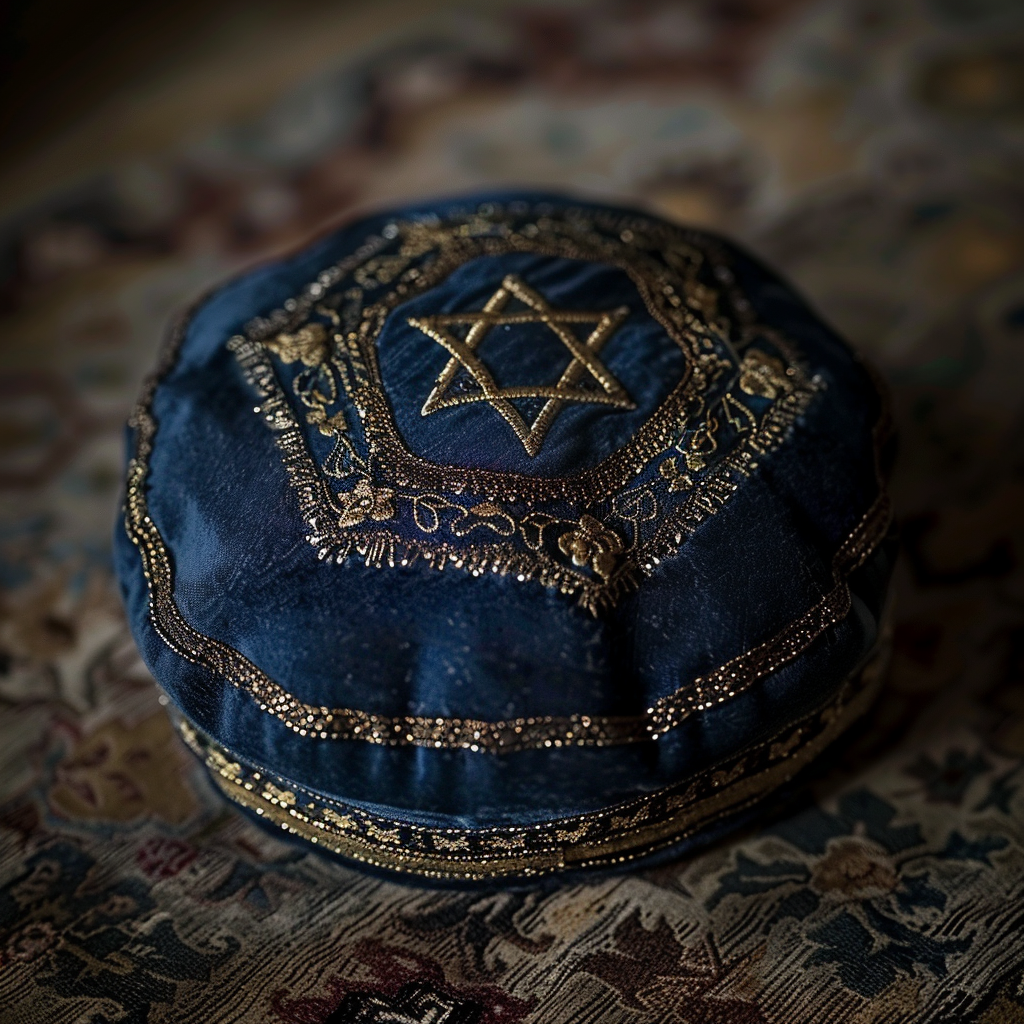
Religious hats are vital signs of faith and love, linking people to their religious community and principles. The kippah (yarmulke) in the Jewish faith serves as a reminder of God’s presence, with recent times seeing more respect and acceptance for these symbols.
It shows broader trends in society towards spiritual consciousness and religious identity, noted in the growing sightings of the hijab among Muslim women and the turban among Sikh men.
These caps represent shared faith, signifying the users’ dedication to religious rules. They go beyond everyday clothes to become part of the spiritual journey, connecting individuals to their religious beliefs.
Conclusion
As you can see, hats aren’t just accessories; they carry tales, represent who we are, and showcase shared history. Hats reflect cultural symbolism in many ways, as we’ve demonstrated, and we hope these insights inspire you to rethink your head-ware. Everything changes, but maybe these patriotic hats will stay as consistent representatives of a country’s spirit that its citizens always cherish.


